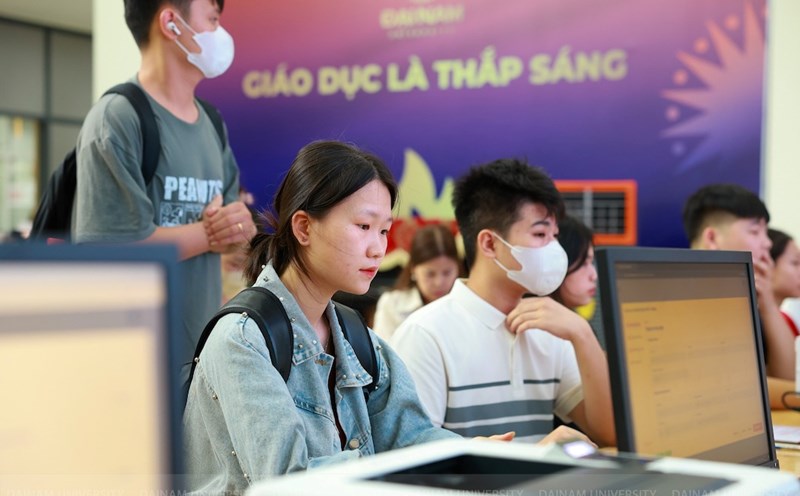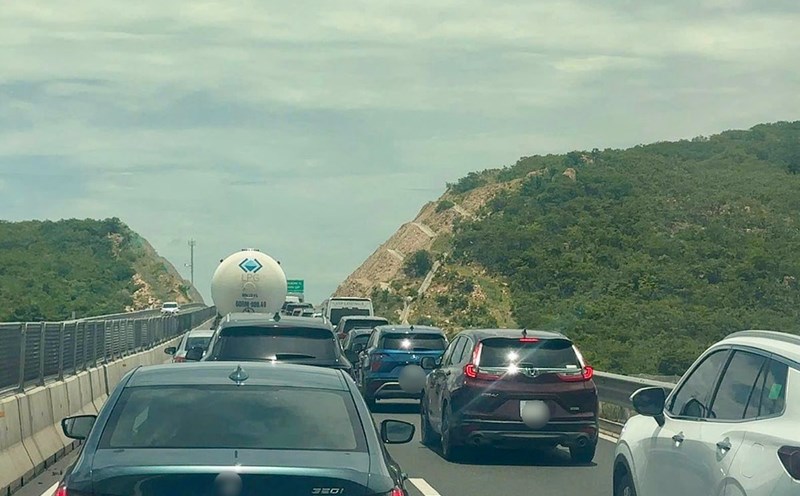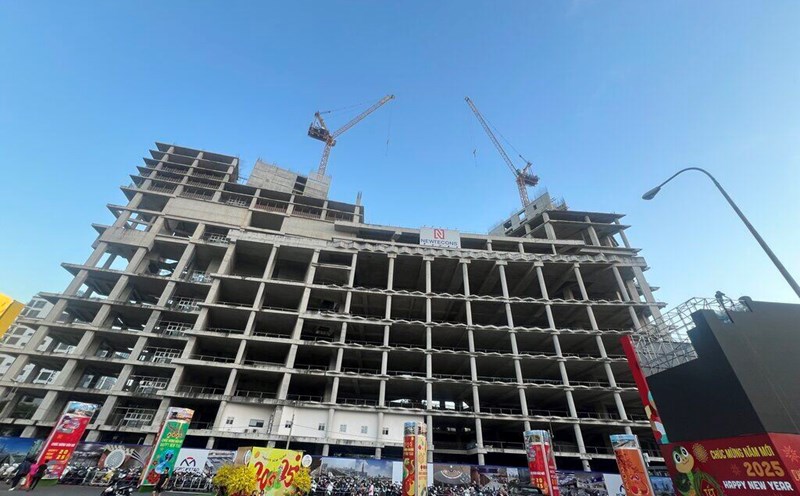For many years, Ms. Hang (Phan Dinh Phung ward, Thai Nguyen province) has been very familiar with flooding every time there is heavy rain. The rhythm of life and activities of the whole family are also forced to change to cope.
"About 7 years ago, there were only occasional floods, but recently, every heavy rain has caused flooding, quickly it took a few hours, it took a whole day for the water to recede. My family always sets up a stall every time it rains, and the power system must be rearranged" - Ms. Hang said.
Flooding in the central urban area of Thai Nguyen province is believed to have many causes. In particular, the implementation of drainage systems in urban areas and new residential areas with neighboring residential areas is not synchronous, causing conflicts in drainage.
In addition, the Cau River dike system through the central urban area of Thai Nguyen province and neighboring areas has not been completed, the large amount of water flowing from upstream during prolonged heavy rains combined with water from residential areas that cannot escape in time has made the flooding situation even worse.
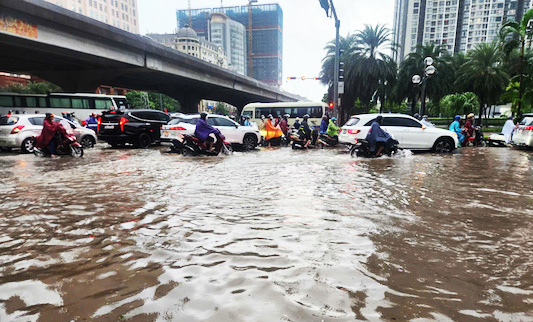
Through research, since 2017, the old Thai Nguyen City has been invested in the Drainage and Wastewater Treatment System Project using the ODA capital of the French Republic with an anti-flooding pumping system. However, up to now, this project has not yet accepted fire prevention and fighting items, so it cannot be officially put into operation.
When put into operation, some equipment do not have the cost of maintenance and periodic repair, leading to damage and inability to operate the entire system. This situation has affected the drainage of central wards.
Meanwhile, in Hanoi, flooding every time there is heavy rain has been happening for decades and is getting worse. For example, during the heavy rain lasting from August 26 to 27, Hanoi recorded nearly 100 flooded spots, many of which were deeply flooded, and the water only drained after nearly 1 day.
Some areas are rapidly urbanizing but the drainage infrastructure has not met the requirements such as My Dinh and Thang Long Avenue are continuously flooded locally when heavy rain has affected people's traffic and daily activities.
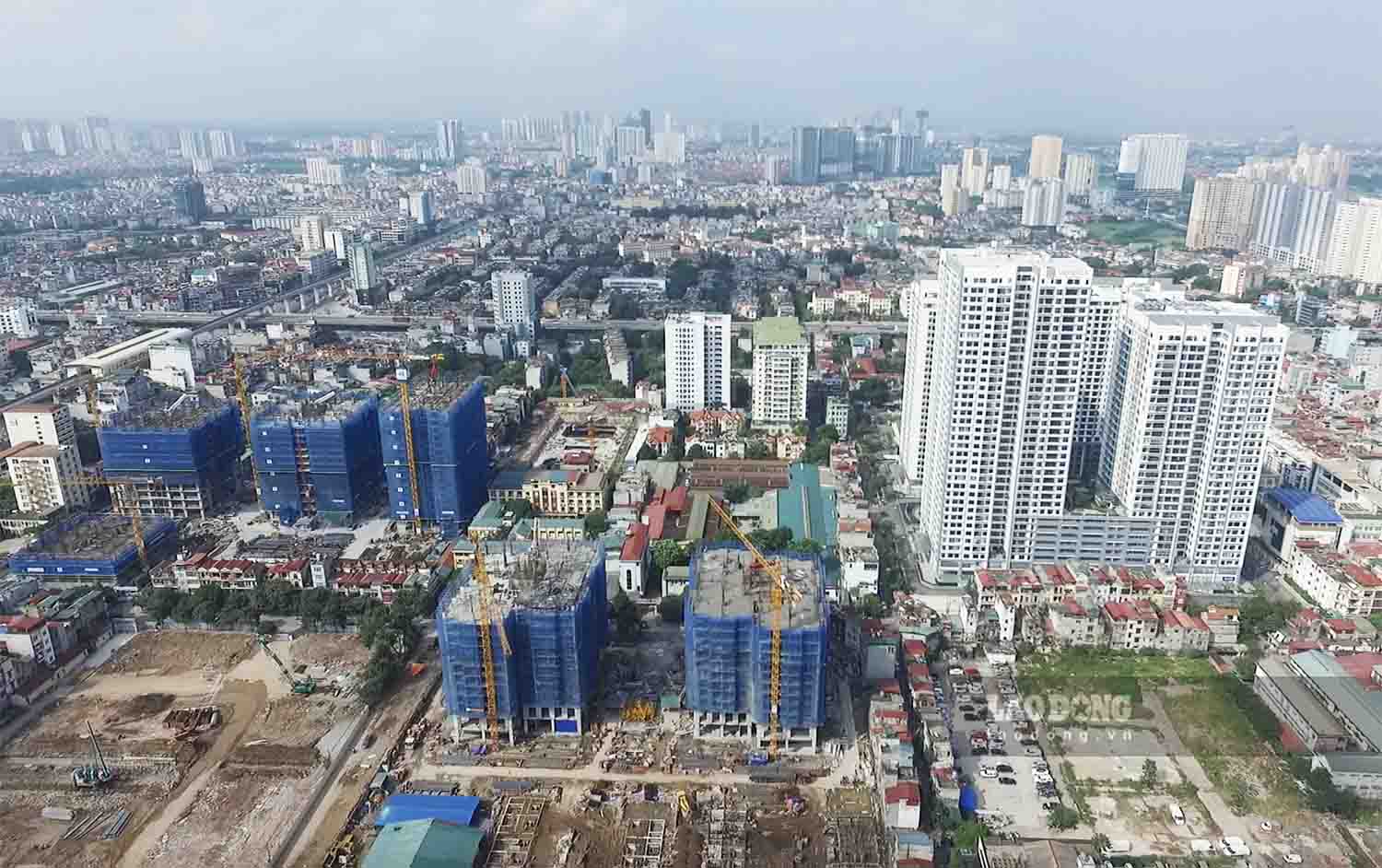
Commenting on this issue, Associate Professor, Dr. Le Van Chin - University of Water Resources said that the prolonged flooding is due to the rapid urbanization, increasing the rate of road surface concreting and canals being socialized. Many urban areas have filled ponds and lakes as houses while the drainage system is not yet synchronous.
"When building urban areas, drainage systems have not been invested in synchronously. Therefore, it is necessary to re-evaluate the drainage capacity of the system and have a plan to renovate and upgrade it," said Mr. Chin.
From the perspective of urban planning, Architect Dao Ngoc Nghiem - Vice President of the Vietnam Urban Planning and Development Association - said that local planning adjustments are also one of the causes affecting urban infrastructure such as traffic and drainage.
"For example, Linh Dam urban area was once planned very methodically, but was later adjusted to build many high-rise buildings with very high density, the population increased more than double, the concreted surface put pressure on the technical infrastructure. Traffic congestion and flooding are inevitable" - Mr. Nghiem shared.


